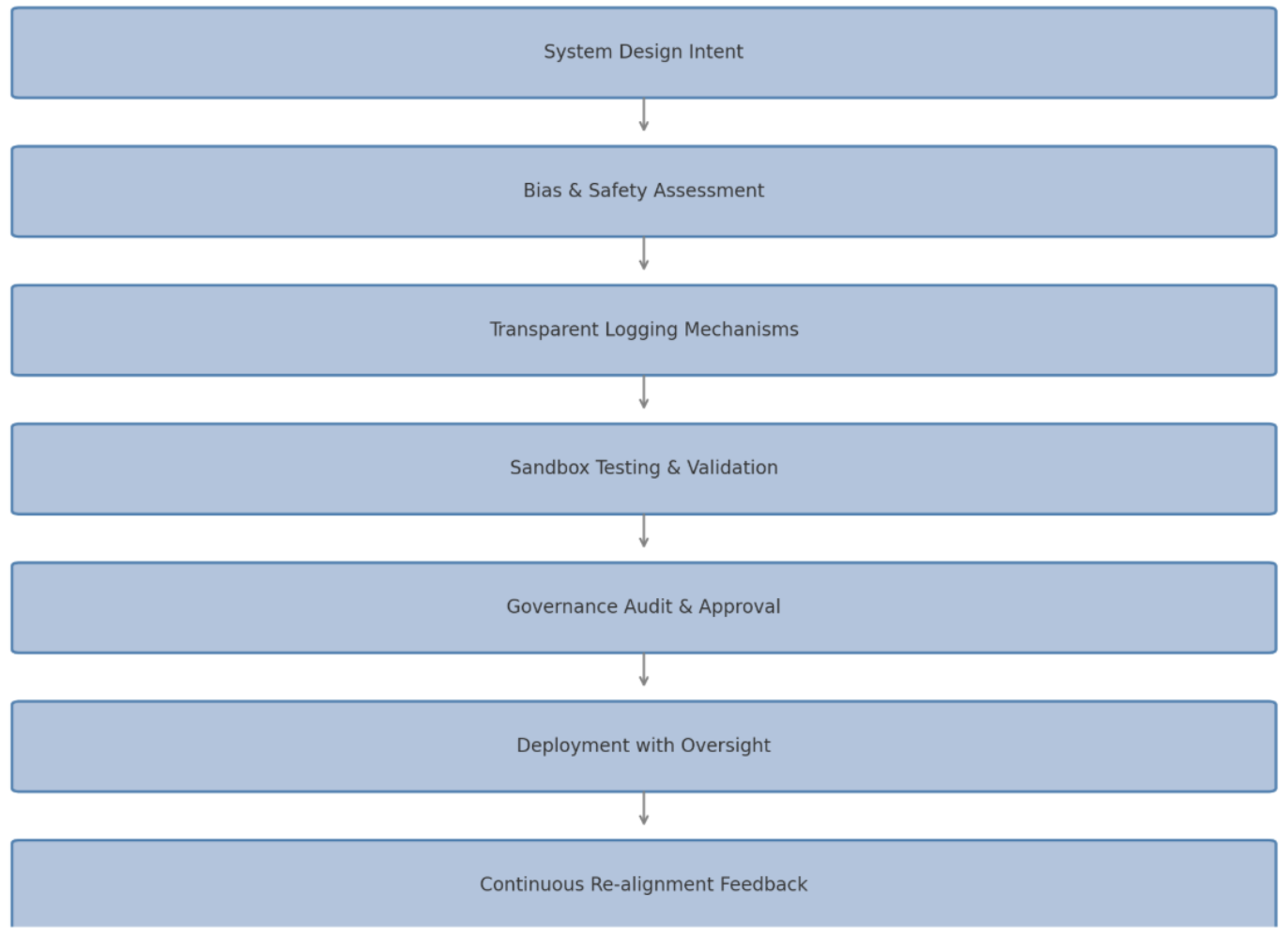
Artificial General Intelligence (AGI) and quantum computing are two distinct fields advancing in parallel. AGI focuses on replicating human cognitive capabilities, including reasoning, adaptability, and generalization. Quantum computing leverages quantum mechanical principles, such as superposition and entanglement, to solve complex problems that classical systems cannot address efficiently.
The point at which these two technologies intersect may give rise to Quantum Artificial Intelligence (QAI), a computational framework with the potential to redefine problem-solving and decision-making across critical sectors. This article examines how QAI might evolve, drawing from technical documentation and institutional research available as of February 2025. It provides a grounded perspective on the potential pathways forward and the key limitations that must be addressed.
Literature Review: The State of AGI and Quantum Computing in 2025
As of early 2025, AGI remains a long-term goal. Progress has come mainly from scaling transformer-based models, such as OpenAI’s GPT-4 and Anthropic’s Claude 2. These systems are capable of language-related tasks but struggle with planning, causality, and cross-domain reasoning. Research has started to shift toward neurosymbolic models and reinforcement learning strategies that integrate structured reasoning with statistical learning.
Quantum computing is still in its early experimental phase. Companies like IBM, Quantumium, and Microsoft have made quantum processors more accessible through cloud platforms; however, challenges such as qubit instability and error correction persist. IBM’s utility-scale quantum systems and NASA’s QuAIL initiative represent key milestones in enabling quantum-enhanced AI experimentation.
Early prototypes of QAI, such as TensorFlow Quantum, suggest that integrating quantum capabilities with AI workflows is feasible, although it is still in a developmental stage. Case studies, such as the Cleveland Clinic’s application of quantum computing to protein folding, indicate sector-specific potential that may mature over the next decade.
Figure 1. Key Milestones in AGI and Quantum Computing (2019–2025)
Methodology
This analysis is based on publicly available documentation, peer-reviewed research, and institutional initiatives made available before February 1, 2025. Sources include technical roadmaps, research portals, and prototype results from leading institutions such as IBM, NASA, Microsoft, and the Cleveland Clinic. The approach focuses on design scenarios informed by current development trajectories. Speculation is constrained to what can be supported by existing evidence.
Findings
Anticipated AGI Capabilities
While full AGI replication of human cognition remains uncertain, meaningful advances appear achievable in the near to medium term. Modular systems capable of learning across contexts, planning over extended timelines, and operating in unstructured environments are increasingly plausible. These systems will likely be composed of interconnected agents, each specializing in specific functions, with shared access to a common memory or reasoning layer.
Reinforcement learning combined with symbolic inference is expected to support capabilities such as long-term goal setting, dynamic planning, and autonomous adaptation. These traits are currently limited in large language models but could become integral to future AGI agents embedded in manufacturing, logistics, scientific research, or digital policy systems.
Quantum Computing as a Performance Enhancer
Quantum computing could significantly enhance AGI performance, particularly in tasks related to optimization, data compression, and simulation. Algorithms such as Harrow-Hassidim-Lloyd (HHL) offer computational shortcuts for solving linear equations, a core component of machine learning training. Quantum tensor networks have demonstrated efficiency in representing linguistic structures using fewer parameters than classical models.
Hybrid architectures are expected to dominate near-term applications. In these systems, classical processors manage control logic while quantum co-processors handle parallelized and probabilistic computations such as matrix inversion and high-dimensional sampling. This arrangement may allow AGI to analyze large, noisy datasets with improved efficiency and insight.
Quantum-native methods, including annealing and variational circuits, offer additional pathways for improving AGI reasoning. These approaches can traverse solution spaces in fundamentally different ways from classical models, opening the door to novel problem-solving architectures.
Figure 2. Classical AI vs Quantum-Enhanced AGI: A Capability Comparison
Sector-Level Applications of QAI
Healthcare
Quantum-enhanced AGI may reduce the time and cost associated with drug discovery and diagnostic modeling. The Cleveland Clinic’s work on quantum-supported protein folding demonstrates that such approaches can accelerate biomedical simulations and enhance the precision of treatment design. As these systems mature, QAI could enable real-time modeling of individual molecular responses, leading to more personalized therapies.
Climate Systems
QAI systems embedded in climate models may enable fine-grained forecasting and adaptive planning. These systems could simulate environmental responses at the regional level and assist in the design of resilient urban infrastructure, energy-efficient zoning, and long-term mitigation strategies.
Finance
In the financial sector, QAI could assist in real-time risk modeling, market simulation, and portfolio optimization. Rather than responding reactively, QAI tools can predict and simulate outcomes based on emerging macroeconomic patterns and geopolitical signals. These capabilities could stabilize global financial ecosystems.
Cybersecurity
Quantum-accelerated AI may improve threat detection and response speed. It could model potential attack vectors before they occur and evolve countermeasures in real time. The emergence of quantum-resilient encryption protocols is also a necessity as traditional cryptographic systems become vulnerable to quantum decryption capabilities.
Autonomous Systems
QAI could coordinate distributed autonomous agents such as drone fleets, autonomous vehicles, and smart energy grids. These systems would be able to reconfigure dynamically in response to shifting variables such as demand spikes, weather events, or infrastructure faults.
Technical Barriers and Infrastructure Gaps
Hardware Instability
Current quantum hardware is limited by short coherence times, noise, and low qubit counts. Building QAI systems at scale will require machines capable of supporting thousands of logical qubits with reliable error correction and thermal regulation systems. These developments are foundational but still under intensive research.
Integration and Middleware Bottlenecks
Seamless communication between classical and quantum computing layers is essential for QAI performance. Without optimized APIs, standardized middleware, and low-latency data flow, the efficiency gains from quantum acceleration will be challenging to realize in practical deployments.
Software Ecosystem Gaps
The quantum software ecosystem lacks the maturity found in classical machine learning. There is a need for modular, explainable, and secure toolchains that support collaborative experimentation and development. Improvements in reproducibility, interface design, and model introspection will be necessary to scale QAI effectively across sectors.
Societal and Governance Considerations
The implementation of QAI in sectors such as healthcare, energy, and defense raises essential questions about transparency, equity, and control. Systems of this complexity may produce outcomes that are difficult to audit, especially in high-stakes environments.
Centralized control of QAI infrastructure could also deepen global inequities. To prevent such concentration, open-source frameworks and globally governed standards will be essential. Policy design should involve stakeholders from the public, private, and civil society sectors working together to establish guidelines that ensure alignment with public values.
Ethical challenges, including bias, surveillance risk, and unintended consequences, require attention at the design stage. Governance strategies should prioritize interpretability, moral alignment, and regular oversight rather than rely solely on regulatory compliance after deployment.
Figure 3. Governance Lifecycle for Quantum AI Systems
Conclusion and Research Agenda
The convergence of AGI and quantum computing could yield a powerful new class of computational intelligence. The trajectory ahead will be shaped not only by technical breakthroughs but also by design choices, infrastructure access, and governance frameworks.
To ensure responsible and effective development of QAI, research and policy should prioritize:
- Development of energy-efficient and interpretable hybrid architectures
- Creation of open-source platforms to support modular experimentation
- Integration of auditability and traceability into all QAI systems
- Establishment of international governance frameworks grounded in ethical principles
Although full QAI implementation may remain years away, foundational work taking place now will determine how the technology takes shape. With careful planning and inclusive governance, QAI can be directed toward solving some of the most pressing challenges of the 21st century.






